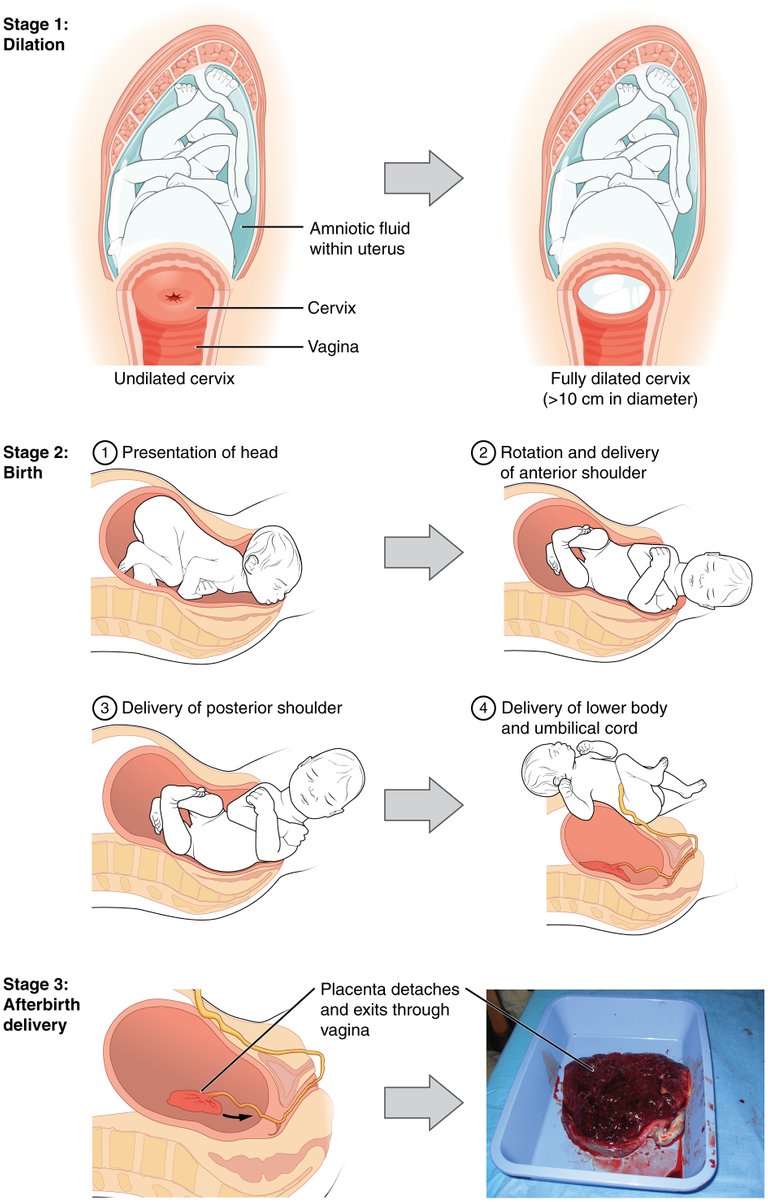The Journey of Pregnancy and Childbirth Explained
The NHS warns that having sexual intercourse with a woman without contraceptive can cause a woman to be pregnant anytime around her menstrual cycle and as you would expect, they are more fertile during ovulation. When the sperm gets into the woman's body, it can be there for up to seven days which means that the sperm can sit and wait for the ovulation period if it got into the body before ovulation.
When a man ejaculates into the vagina of a woman, he can release 1.25 to 5 ml of semen and the semen holds sperm within the range of 40 to 500 million sperm. Not all will reach the egg, but trust when I say that sperm is rich in nutrient ranging from Lactic Acid, Potassium, Magnesium, Fructose, and glucose which are helpful for the sperm to reach the egg.
After fertilization around 9 to 10 days, implantation begins which is this is the start of pregnancy. At this point, the inner cells are the embryo, and the outer cells are the placenta. The organs start to develop after three weeks with the ectoderm which contributes to the formation of the skin, nerves, mouth, nervous system, and hair, the mesoderm helps with the kidneys, the cardiovascular system, and the musculoskeletal system, and the endoderm is for respiration and digestive system.
After 10 weeks of fertilization, the organs are formed and the brain and spinal cord develops and after 14 weeks, the child sex can be known. When the fetus reaches 21 to 24 weeks, then it is viable and can survive in the outside world. At week 29, the baby should have accumulated enough body fat and his lungs developed. At week 33 to 36, the woman begins to experience baby drop which is when the head engages with the woman's pelvic cavity also known as lightening.
During the process of child birth, the woman's cervix begins to soften and dilate, with contraction felt more often as the walls of her uterus tighten and relaxes which helps the baby to be pushed out. Since the contraction come in waves, the woman has enough time to rest when pushing. In the first stage of labor, the water would break and it is usually yellow. In cases where it is green, there is a problem. The cervix needs to be fully dilated, about 10cm for the baby to pass through.
In other to push out the baby from the cervix, and in most first birth the vagina would always tear and most times. The perineum which is a skin between the vagina and the anus is cut so as to help in the easy passage of the baby, and it is often sewed back after delivery. When the head comes out the body follows and the umbilical cord will be cut and Clamped but this is done after all the blood is removed. After birth, the placenta comes out next and this takes up to 30 minutes or more.
There was a case of premature birth were a woman gave at 21 weeks and 1 day. The child weighed 14.8 oz and had a 1% chance of survival. The process of pregnancy and childbirth is a miraculous and intricate journey, underscoring the importance of prenatal care, maternal health, and skilled obstetric care to ensure safe deliveries and healthy outcomes for both mother and child.
Read More
https://www.ncbi.nlm.nih.gov/pmc/articles/PMC7908162/
https://www.ncbi.nlm.nih.gov/pmc/articles/PMC9678288
https://www.reddit.com/r/Parenting/comments/1eruq8/dads_fainting_during_childbirth/
https://www.spinningbabies.com/pregnancy-birth/labor/is-baby-too-big/
https://www.pregnancybirthbaby.org.au/giving-birth-waters-breaking
https://people.com/human-interest/worlds-most-premature-twins-born-22-weeks-first-birthday/
https://blackdoctor.org/worlds-most-premature-baby/
https://www.nhs.uk/common-health-questions/pregnancy/can-i-get-pregnant-just-after-my-period-has-/
https://www.nhs.uk/conditions/periods/fertility-in-the-menstrual-cycle/
https://www.plannedparenthood.org/learn/pregnancy/how-pregnancy-
https://www.nbcnews.com/id/wbna8506245
https://www.medicalnewstoday.com/articles/how-far-can-a-man-shoot#causes-of-variation
https://www.medpagetoday.com/obgyn/pregnancy/1332



Getting Placenta out is very very important for the health of Mother :)
Thanks for your contribution to the STEMsocial community. Feel free to join us on discord to get to know the rest of us!
Please consider delegating to the @stemsocial account (85% of the curation rewards are returned).
Thanks for including @stemsocial as a beneficiary, which gives you stronger support.